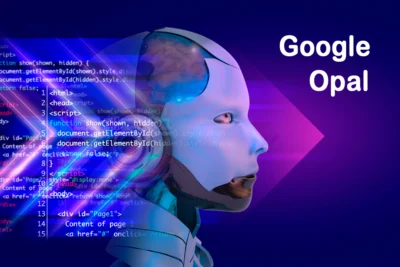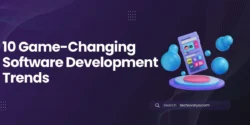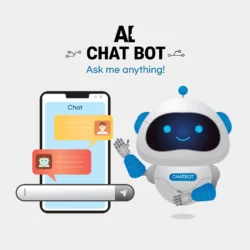
San Francisco, CA - Jul 25, 2025 (UTC) - Google has launched an innovative no-code platform called Opal, a vibe-coding app now available for testing in the U.S. through Google Labs. Announced on July 24, 2025, Opal empowers users—regardless of coding expertise—to create mini web applications using simple text prompts, marking a significant step toward democratizing software development.
What is Google Opal?
Opal harnesses Google’s advanced AI models, including Pro 2.5 for logic, Imagen for visuals, and AudioLM for audio, to transform natural language descriptions into functional apps. For example, a user can type “create a daily task planner with reminders,” and Opal generates a working web app in moments. The platform features a visual workflow editor, allowing users to tweak app logic through a node-based interface without writing a single line of code.
“Opal is about turning ideas into reality with ease,” said a Google Labs spokesperson. “Whether you’re a small business owner, a student, or a creative enthusiast, Opal lets you build apps that match your vision, no coding required.”
Key Features
- Text-to-App Creation: Users describe their app idea in plain English, and Opal’s AI builds it instantly.
- Visual Workflow Editor: A user-friendly interface displays app components as nodes, enabling easy customization and refinement.
- App Gallery and Remixing: Start from scratch or modify pre-existing apps from Opal’s gallery for quick prototyping.
- Sharing and Collaboration: Publish apps with unique URLs for seamless sharing, accessible to anyone with a Google account.
- No-Code Accessibility: Designed for non-technical users, Opal eliminates traditional coding barriers.
The Rise of Vibe Coding
Opal embraces the “vibe coding” trend, a term popularized by AI researcher Andrej Karpathy in early 2025. Vibe coding emphasizes intuitive, AI-assisted development where users guide the process through conversational prompts, focusing on creativity over technical details. Opal’s approach aligns with this philosophy, enabling users to “vibe” their ideas into functional apps, from study trackers to custom inventory tools.
Competitive Edge
Opal enters a vibrant no-code/low-code market, competing with platforms like Canva, Figma, Replit, and startups such as Lovable and Cursor. Unlike Amazon’s Kiro, which prioritizes structured enterprise solutions, or GitHub’s Spark, which targets developers, Opal focuses on accessibility for non-technical users. Its integration with Google’s AI ecosystem, potentially including the Veo model for video, gives it a unique edge in creating multi-faceted apps.
Current Limitations and Future Potential
Currently, Opal is limited to U.S. users via Google Labs and supports self-contained apps with restricted external API integrations. It is ideal for rapid prototyping and niche applications, it may face challenges in scaling to complex, production-grade systems due to potential security and scalability concerns.
Why It Matters
Opal represents a shift toward inclusive technology, enabling anyone with an idea to create functional software. By lowering the barrier to entry, it fosters innovation among small businesses, educators, and hobbyists. As AI continues to reshape industries, Opal positions Google as a leader in the no-code revolution, potentially transforming how we approach app development.
Availability
Opal is available for testing in the U.S. through Google Labs. Interested users can sign up at labs.google.com with a Google account. Google has not announced plans for global availability or additional features but is expected to refine Opal based on user feedback.





